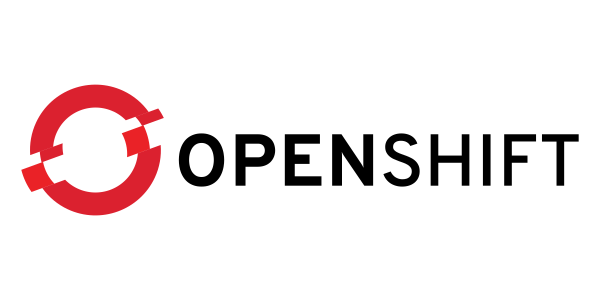Red Hat OpenShift Installation

Course Description
Red Hat® OpenShift® is a trusted, comprehensive, and consistent platform to develop, modernize, and deploy applications at scale, including today’s AI-enabled apps. Deliver better experiences faster with a complete set of services for bringing apps to market on your choice of infrastructure.
| Duration | Delivery Method | Mandatory Prerequisites | Who Should Attend |
|---|---|---|---|
| 2 days | Virtual – Intructor led |
|
|
Course Objectives:
- Deploying packaged applications using manifests, templates, kustomize, and helm.
- Configuring authentication and authorization for users and applications.
- Protecting network traffic with network policies and exposing applications with proper network access.
- Deploying and managing applications using resources manifests.
- Enabling developer self-service of application projects.
- Managing OpenShift cluster updates and Kubernetes operator updates.
Agenda:
- Describe the Red Hat OpenShift Container Platform
- Verify the health of a cluster
- Configure authentication and authorization
- Configure application security
- Configure OpenShift networking for applications
- Control pod scheduling
- Describe cluster updates
- Manage a cluster with the web console
